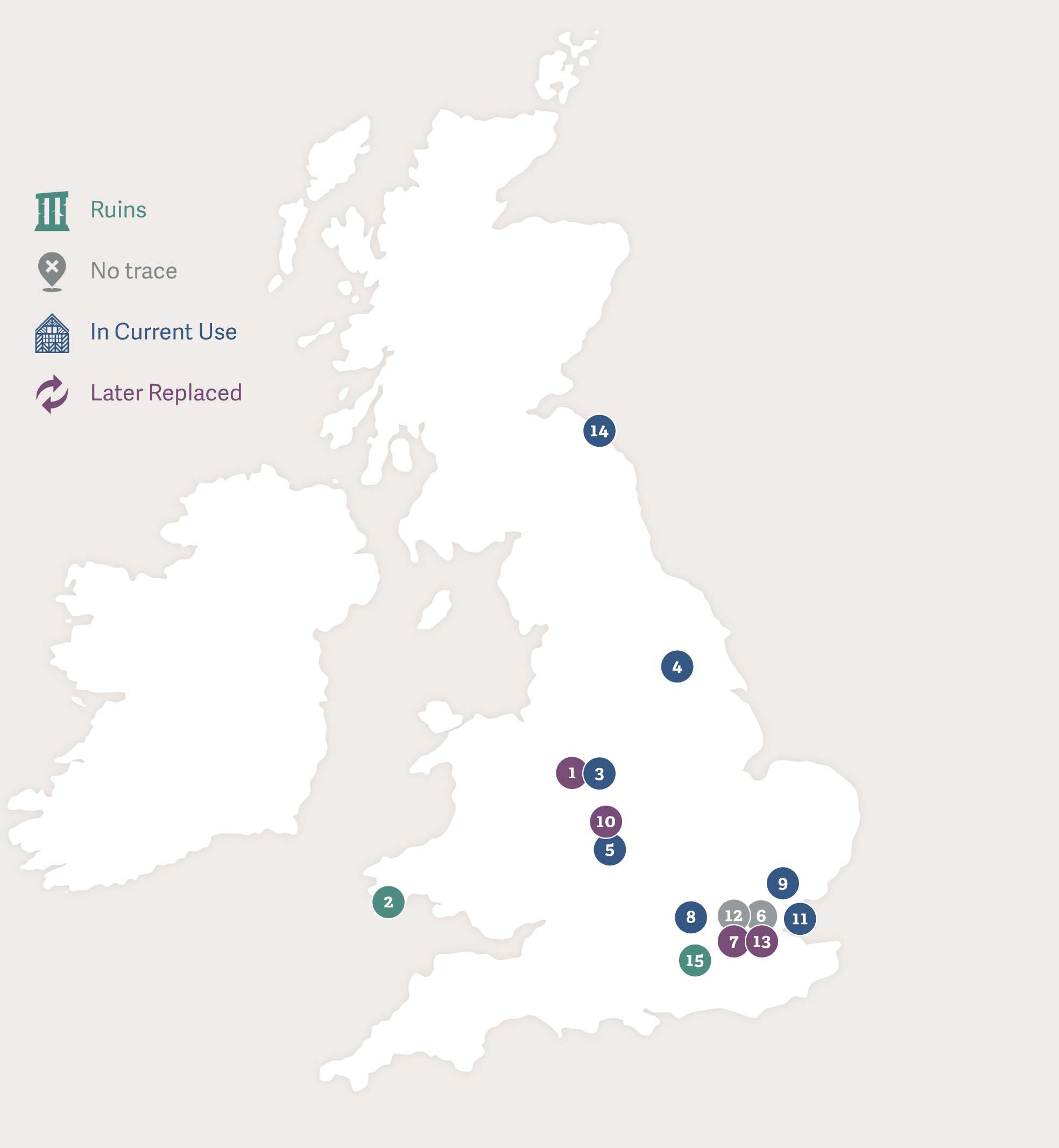Penelope Devereux: Court to Country
In common with the vast majority of women of the Tudor period, Lady Penelope Devereux never travelled abroad. She did, however, travel frequently and reasonably extensively within England and Wales.
The numbers against the places correspond to those on the map here and at the end of this article.
Penelope was born at Chartley Manor (1) in Staffordshire, a modern house built after the Battle of Bosworth. It was constructed in the grounds of the twelfth century Chartley Castle, which was considered old fashioned and uncomfortable. During the 1580s, when Chartley was owned by Penelope’s brother, Mary, Queen of Scots was imprisoned there, but it is very unlikely that Penelope would ever have seen her. Today, the original manor house has disappeared, and what was formally the home farm is now called Chartley Manor Farm. Ruins of the castle remain.
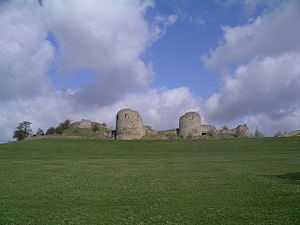
Penelope’s father, the Earl of Essex, was an extensive landowner in South Wales and the Marches, and it is probable that Penelope visited the Bishop’s Palace at Llandyfai (Lamfey) in Pembrokeshire (2) where her father spent a good deal of his time, as did her brother, Robert, 2nd Earl of Essex, in the 1580s. Today, the Bishop’s Palace is an impressive ruin, in the care of Cadw, the Welsh heritage body.
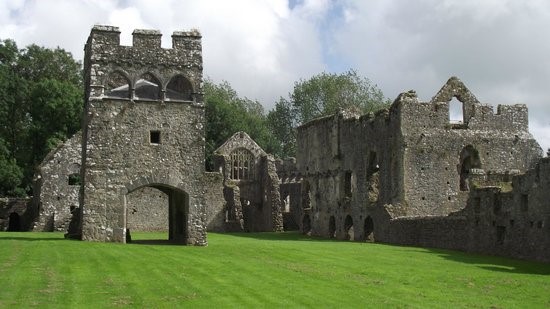
During her childhood, and later, Penelope would also have spent a good deal of time at Blithfield Hall (pronounced Blifield), Staffordshire (3), the home of the Bagot family, who acted as agents, factors and personal attendants to the Devereux. The Hall of the Penelope’s day has been somewhat embellished, but remains in the hands of the Bagot family. It is not open to the public.
In the aftermath of her father’s death, Penelope’s mother, Lettice Knollys, took Penelope and her sister, Dorothy, to the houses of various different friends and relatives. One of the main locations where Penelope spent time then, and later, was Grey’s Court, near Rotherfield Greys in Oxfordshire (8). Originally owned by the Grey family, it was granted to Robert Knollys in 1514, and completely remodelled by Penelope’s grandfather, Sir Francis Knollys. He and his wife, Elizabeth I’s cousin, Katherine Carey, lived there when they were not at court. It is now in the hands of the National Trust.
Around a year after her father’s death, Penelope became the ward of the Earl of Huntingdon, and travelled north to his home at King’s Manor, York (4). Formerly the Abbot’s House at the Abbey of St Mary, York, the property had been turned into a private residence at the dissolution of the Monasteries, some forty years previously. Today King’s Manor is a conference centre.
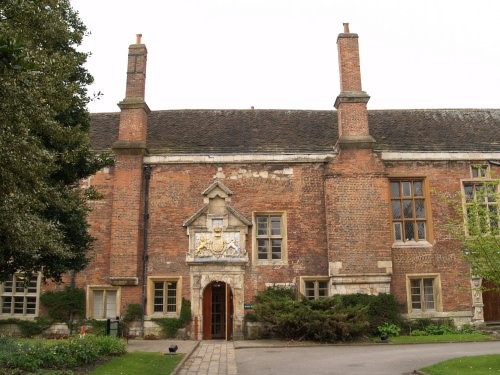
In 1578, Penelope’s mother married again. Her husband, Robert Dudley, Earl of Leicester, was Queen Elizabeth’s most favoured friend and courtier, and possessed of extensive land and property. Penelope was close to her mother and step-father and, through the course of their marriage, spent considerable amounts of time at Leicester’s various properties.
The principal property that denoted Leicester’s wealth and status was the magnificent Kenilworth Castle (5), a few miles north of Warwick. It is unlikely that Penelope was at the extravagant entertainment that Leicester staged for Elizabeth at Kenilworth in 1575, but she would no doubt have heard about it.
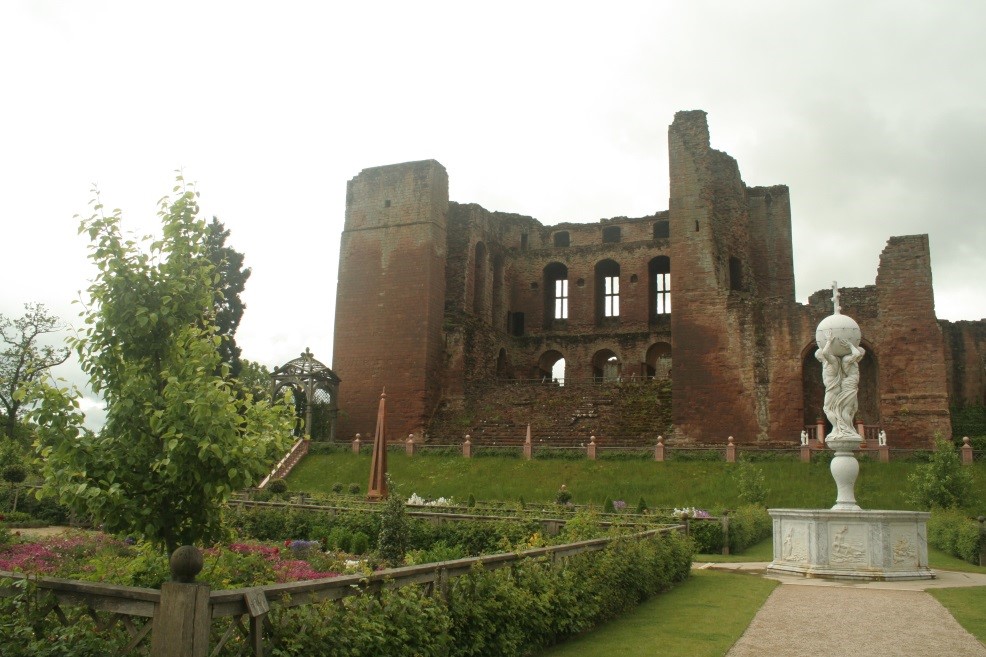
The other properties Leicester owned were Wanstead House (6), that he had bought from Lord Rich, whom Penelope was to marry, and Leicester House (7), in the Strand. Both of these properties were to figure large in Penelope’s life. She frequently visited Wanstead when it was her mother’s home, and later, it is where she spent most of her short married life with the man she considered to be her second husband.
After Leicester’s death, Leicester House became the property of Penelope’s brother, Robert Devereux, Earl of Essex, and, with great originality, was renamed Essex House. Penelope was at Essex House with her brother when he mounted his foolish attempted coup against the Cecils, which ended in disaster and execution. None of these houses remain.
When Penelope married for the first time in 1581, her principal homes were Leez (or Leighs) Priory, Essex (9) – now a rather sumptuous country house hotel - and a town house near St Bartholomew’s in London (12). This had been part of the Priory of that name, but had been granted to Penelope’s father-in-law, the notorious Sir Richard Rich, whose perjury had condemned Sir Thomas More. No trace remains of this property.
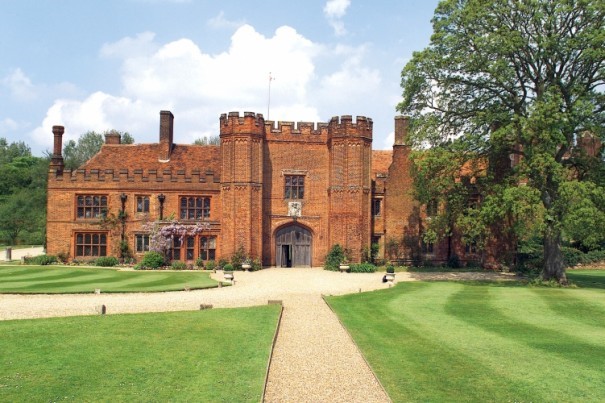
Lord and Lady Rich, as Penelope was now styled, also owned Rochford Hall, Essex (11), which was the main residence of her widowed mother-in-law, and coincidentally, had probably been the married home of her own great-grandmother, Mary Boleyn. Rochford Hall still stands, partially a golf club, with some residential properties.
Penelope also frequently visited the Walsingham home in Seething Lane, London (13). Sir Francis Walsingham’s daughter, Frances, married Penelope’s brother, the Earl of Essex, and the two women seem to have been friends, with Penelope visiting frequently, and acting as godmother to Frances’ children.
After Leicester’s death, Lettice married for a third time, but was again widowed when her husband, Sir Christopher Blount, lost his head alongside her son, the Earl of Essex. Following this double tragedy, she spent a good deal of time at Drayton Bassett (11) in Staffordshire, not far from Chartley, and Penelope visited her there regularly. Penelope however, although singing small after Essex’ death for the rest of Elizabeth’s reign, came into her full glory in 1603 with the accession of James VI of Scotland to the English throne.
Throughout the 1580s and 1590s the Devereux siblings had been maintaining covert links with James, and the effort now paid off. Penelope was sent to Berwick-upon-Tweed (14) to greet the new Queen, Anne of Denmark, as she crossed into her new kingdom. The Queen was charmed with Penelope, who became one of her ladies of the Bedchamber, and returned to a full court life, living at Whitehall, Richmond, Hampton Court and the other royal palaces.
In 1603, at Farnham Castle (15), Penelope was raised to the rank of the earldom of Essex, despite being only the wife of a Baron. In the status conscious 1600s this was a significant mark of royal favour. In this case, however, pride came before a resounding fall. Penelope’s illegal second marriage to her long-time lover, the Earl of Devonshire, horrified the King, and she was banished from Court.
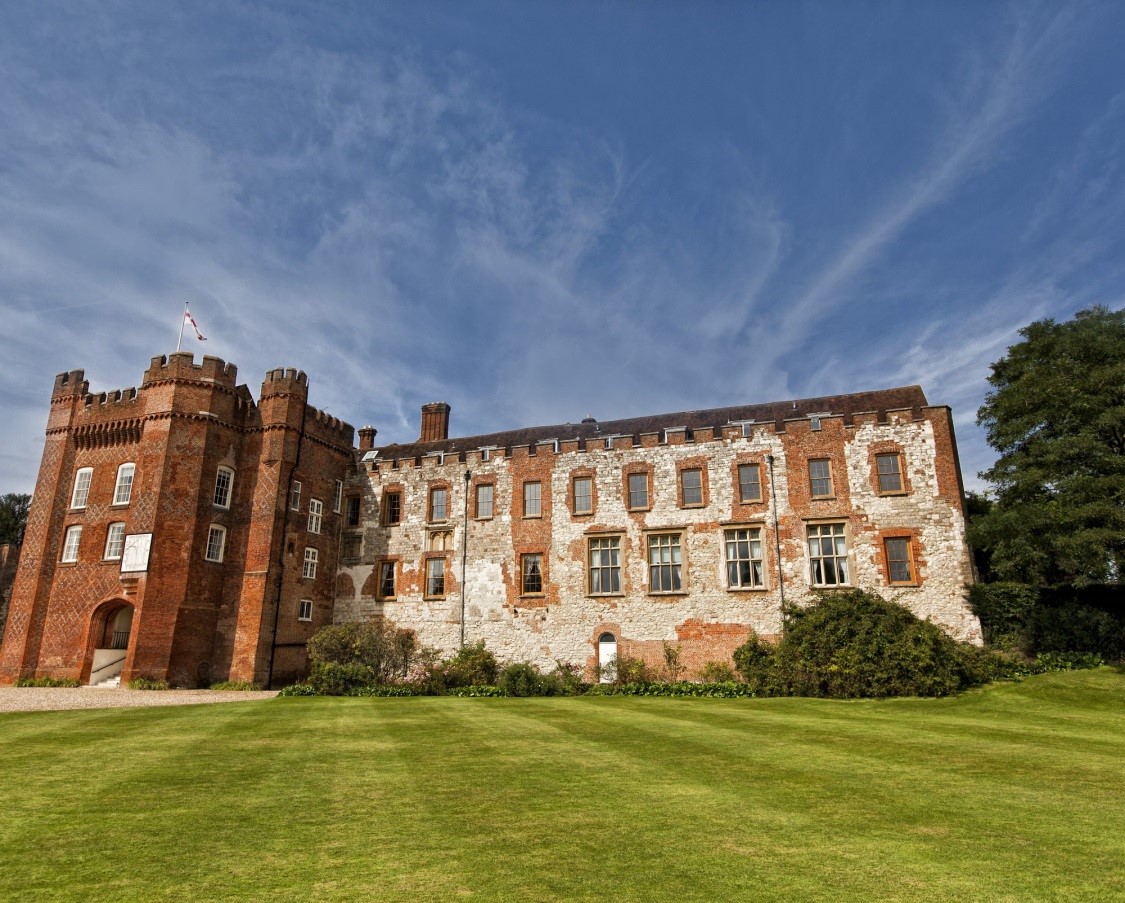
She spent most of the short period of life left to her at Wanstead House, before dying in July 1607. Her places of death and burial are unknown, although both probably occurred within the environs of London.
This article is part of a Profile on Lady Penelope Devereux available for Kindle, for purchase from Amazon.
Lady Penelope Devereux
Family Tree
The map below shows the location of the places associated with Penelope Devereux discussed in this article.
